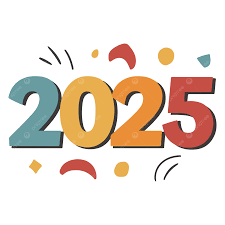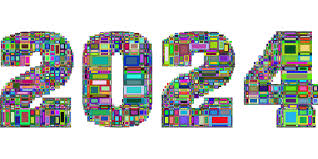Nuance Audio is a new option for people who resist traditional aids, from the company that makes Ray-Bans and operates LensCrafters.
Seekers of Meaning Podcast Posted Online March 7, 2025
What's Next Longevity Deal Talk Episode 32, January, 2025
Presentation: What's Next Longevity Venture Summit, June, 2025

 Tech adoption for older adults is growing... The surveyed ubiquity of technology has led to a belief that it is everywhere it needs to be, with media assumptions about the benefit of smartphones and online tools, ownership of devices, or access to broadband speeds. The majority of older adults now own
Tech adoption for older adults is growing... The surveyed ubiquity of technology has led to a belief that it is everywhere it needs to be, with media assumptions about the benefit of smartphones and online tools, ownership of devices, or access to broadband speeds. The majority of older adults now own  What caught our attention in 2024 in the older adult aging and health tech market? By the end of the year of 2024, heading into CES 2025, AI, or at least the term ‘AI’ has caught the eye of all, from
What caught our attention in 2024 in the older adult aging and health tech market? By the end of the year of 2024, heading into CES 2025, AI, or at least the term ‘AI’ has caught the eye of all, from